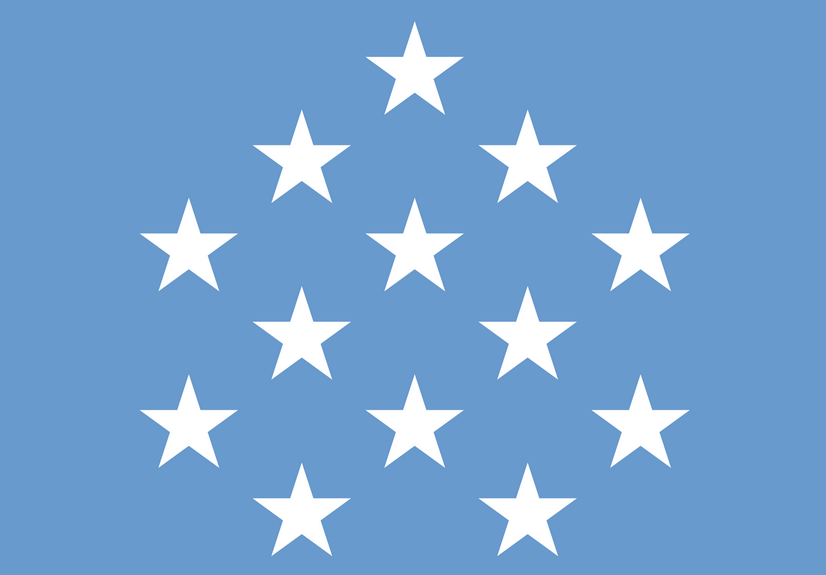The United States military likes secrets. They like to steal secrets and keep secrets and make secrets — even turn normal everyday words into secrets. Shhh.
For once, here’s one that’s noble.
The Air Force is the only branch of the U.S. Armed Forces which hasn’t had one of their own awarded the most prestigious award in the entire American military for the wars in Iraq and Afghanistan — yes, the Medal of Honor.
But according to the Washington Post via a report Monday in the Air Force Times, that unfortunate piece of trivia could be outdated and wrong, and very soon.
That’s because Air Force secretary Deborah Lee James “ordered a review of valor awards for special operations Airmen, which include Pararescuemen and combat controllers.” Apparently brand new information has come to light regarding the seven airmen (since September 11, 2001) who have received the Air Force Cross, which is the second-highest honor an airman can receive after the MOH.
These are the brave men who could be the next Medal of Honor recipient. Tragically, two of the heroes were killed in action while serving and would be awarded posthumously.
Here they are (along with a link to an account of their actions that went above and beyond the call of duty):
Tech. Sgt. John Chapman
Here’s a link to the citation from his posthumously-awarded Air Force Cross. Chapman was one of the first casualties of the war in Afghanistan.
Senior Airman Jason Cunningham
Cunningham was just 26 years old when he was killed by machine gun fire while treating wounded soldiers. His heroism was extraordinary. Read it here.
Capt. Barry Crawford Jr.
Crawford disregarded his own safety in order to get his team out of the “kill zone” while embroiled in an intense skirmish in the Lagham Province of Afghanistan, in May 2010. Read his incredible account here.
Tech. Sgt. Robert Gutierrez, Jr.
This airman’s tale is almost hard to believe. Here’s the short of it, via the Washington Post:
It was Oct 5, 2009 in Herat Province Afghanistan and Gutierrez was bleeding out through a hole in his back. As a combat controller for an Army Special Forces team, Gutierrez’s job was to talk to aircraft overhead …
With pressure building around his lungs, he couldn’t talk. The enemy was closing in and the fighting was intense. It was only after one of the Special Forces’ medics decompressed his chest cavity with a syringe that Gutierrez was finally able to talk to a flight of A-10 warthogs that banked and rolled in with their 30mm cannons. The airstrike was within 10 yards of the Americans’ positions. And after three passes the enemy stopped shooting. His actions were credited with saving the lives of a dozens soldiers.
Senior Airman Dustin Temple
Temple called in 75 “danger-close” airstrikes during a two-day firefight in Helmand province, Afghanistan just a year ago in 2014. Read his full story here.
Tech. Sgt. Zachary J. Rhyner
All of these airman are superhumanly tough, and Rhyner certainly is no exception. Back in April 2008 he was in the Shok Valley in Afghanistan when he and his team were suddenly ambushed — “outmanned and outgunned”. So he directed airstrikes of F-15s from below .. for three hours. He was shot three times while doing it. He even hung out the back of a helicopter — clearly wounded — to call in the last one. Read his account here.
Master Sgt. Ivan Ruiz
In the midst of a “close quarters engagement” with the enemy in Kandahar Province, Afghanistan in December 2013, Ruiz defended two wounded soldiers by exchanging gunfire until reinforcements arrived. He also received a Bronze Star for his courageous role in a 13-hour battle a few months earlier in the same year. Read his story here.











































